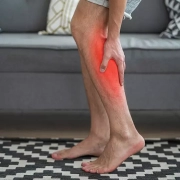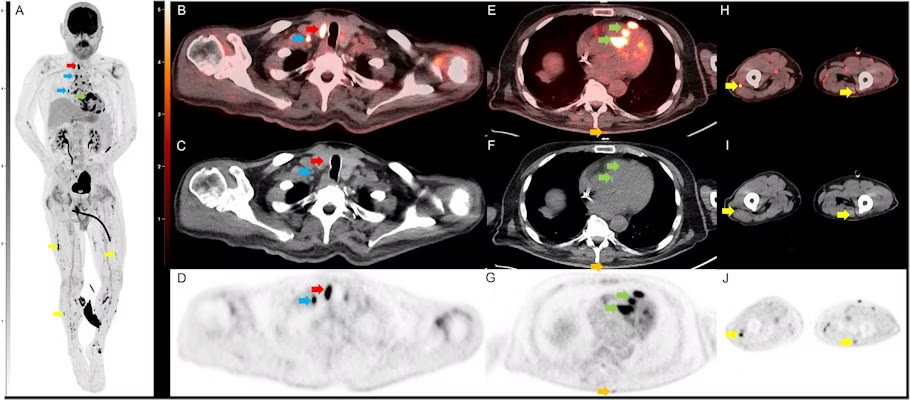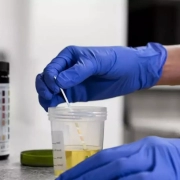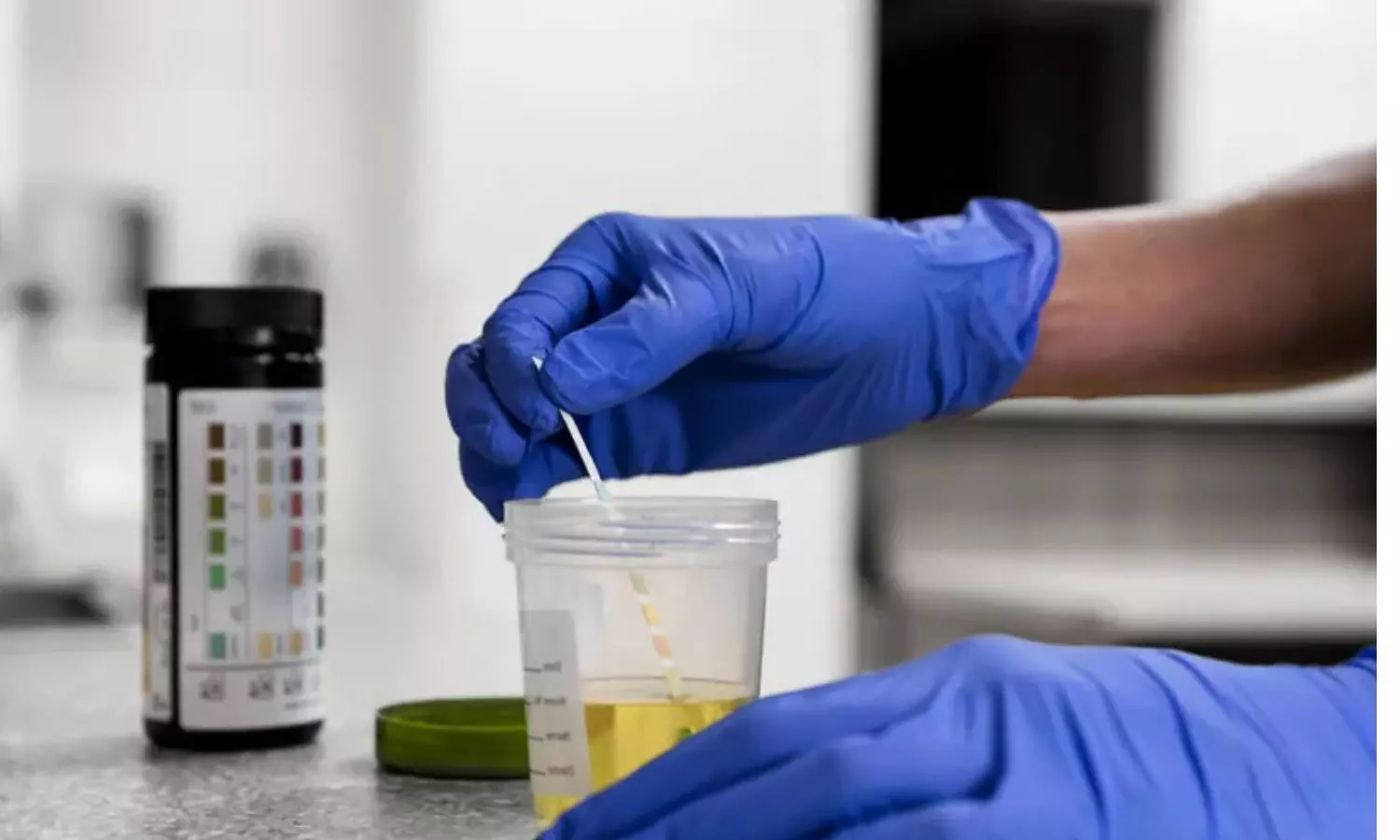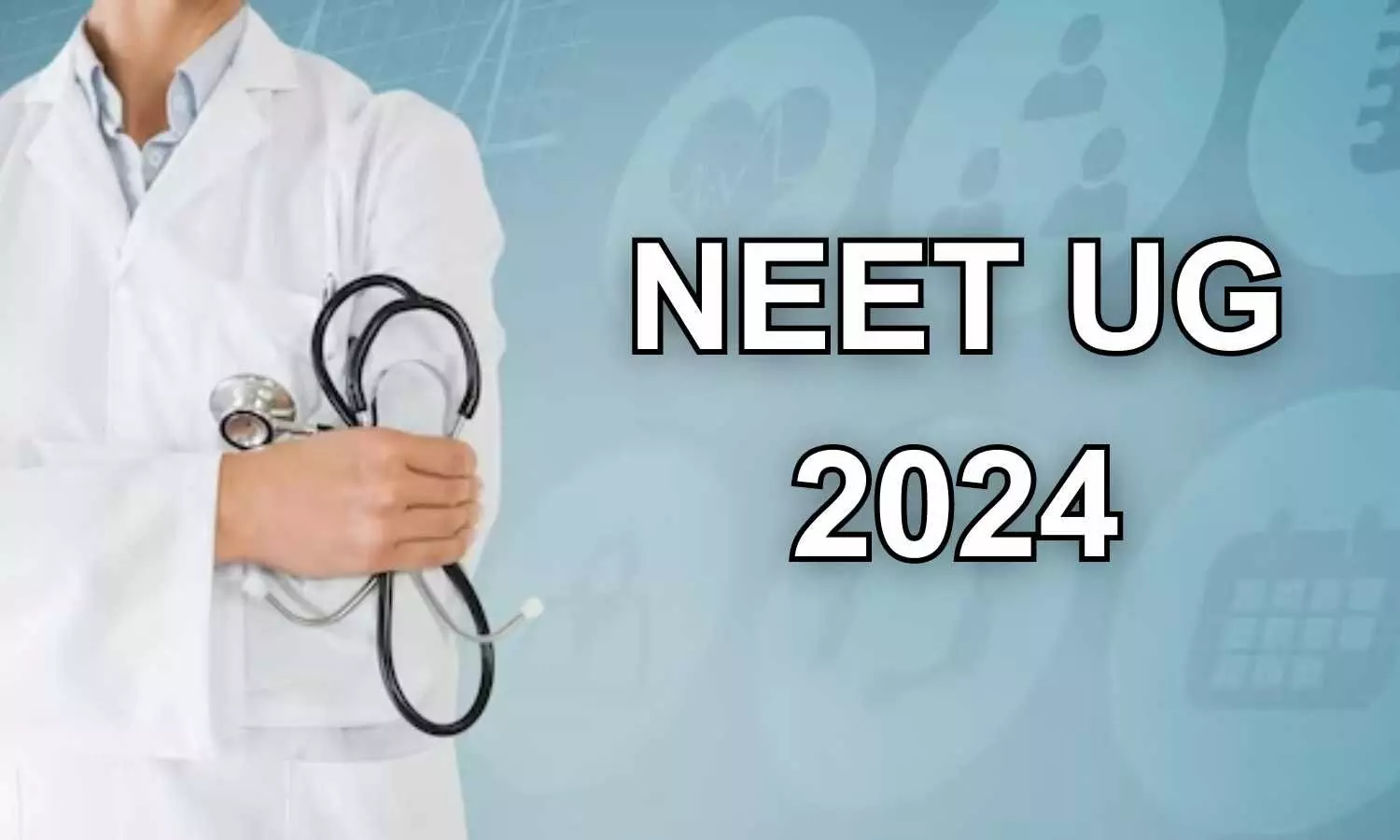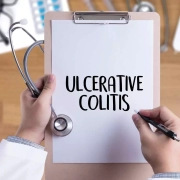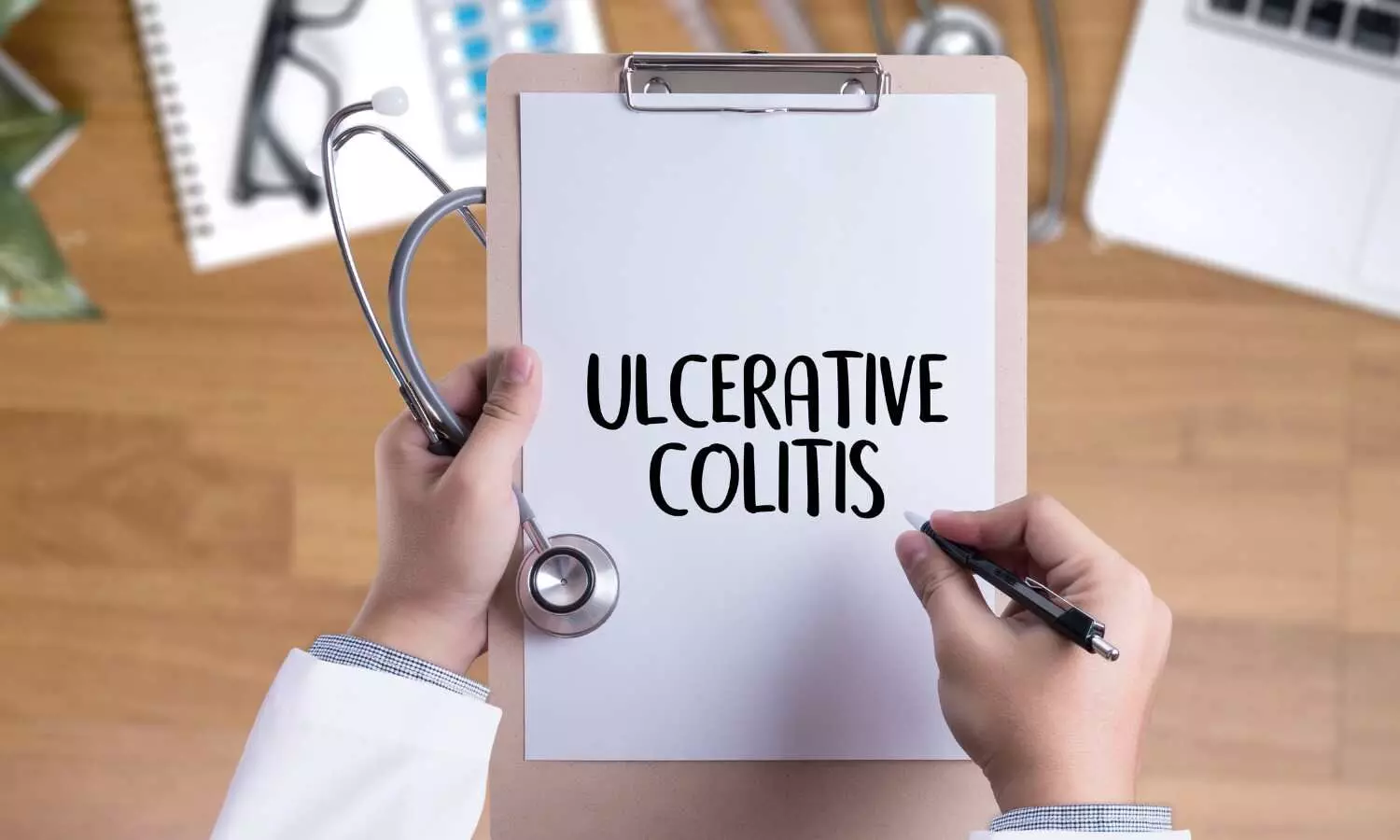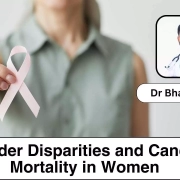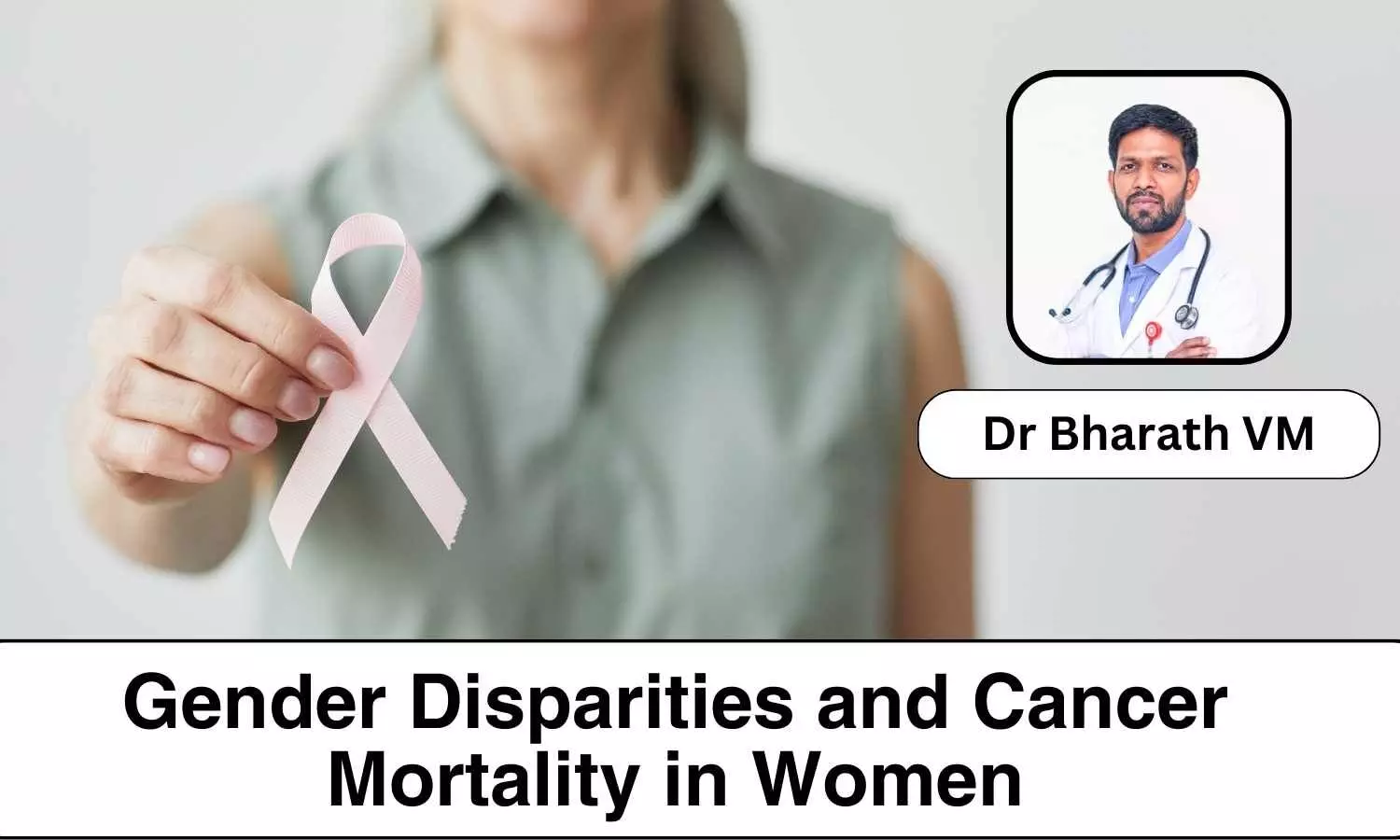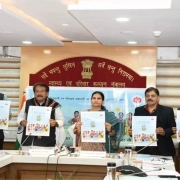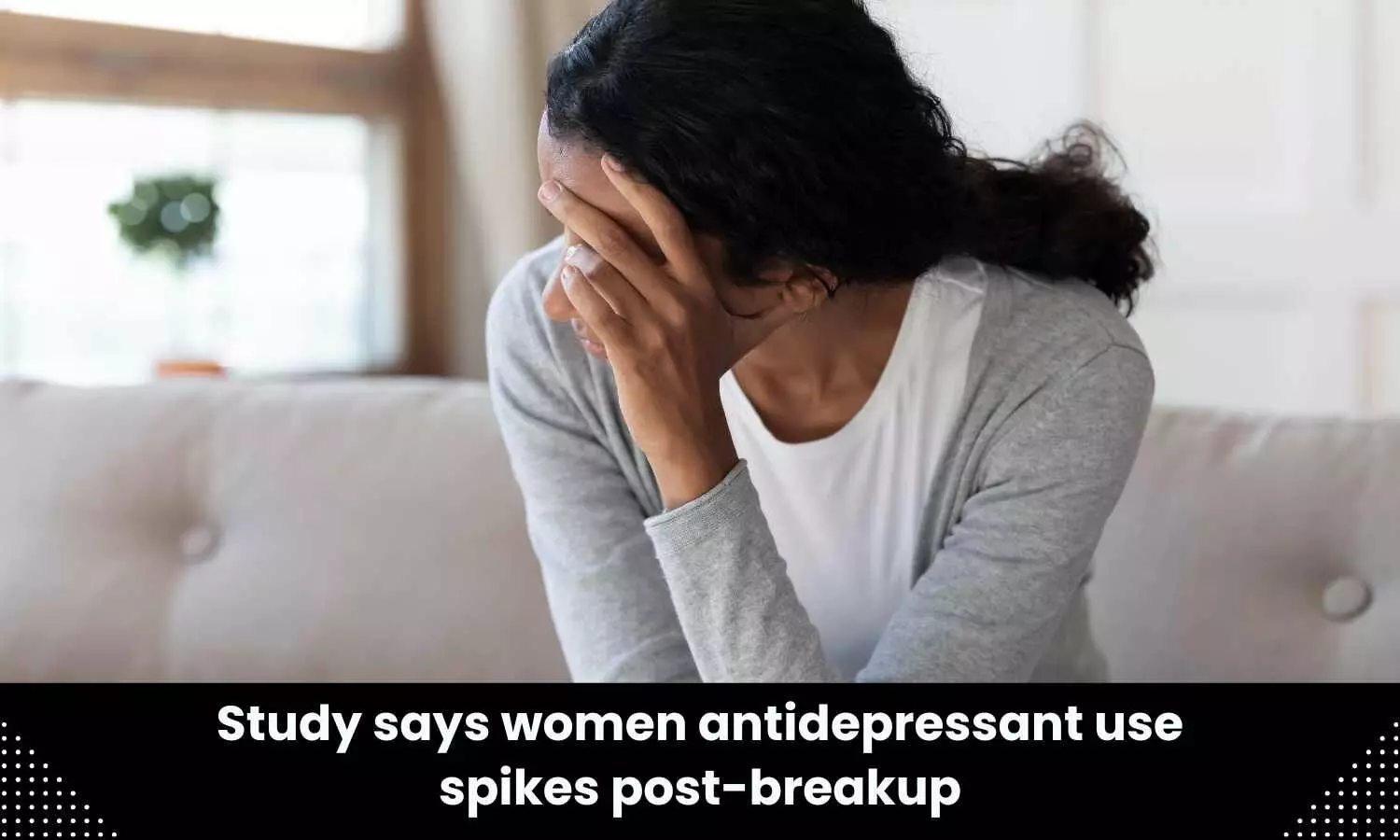Nomogram Model reliable tool to quantify possibility of postoperative DVT in hip fractures patients
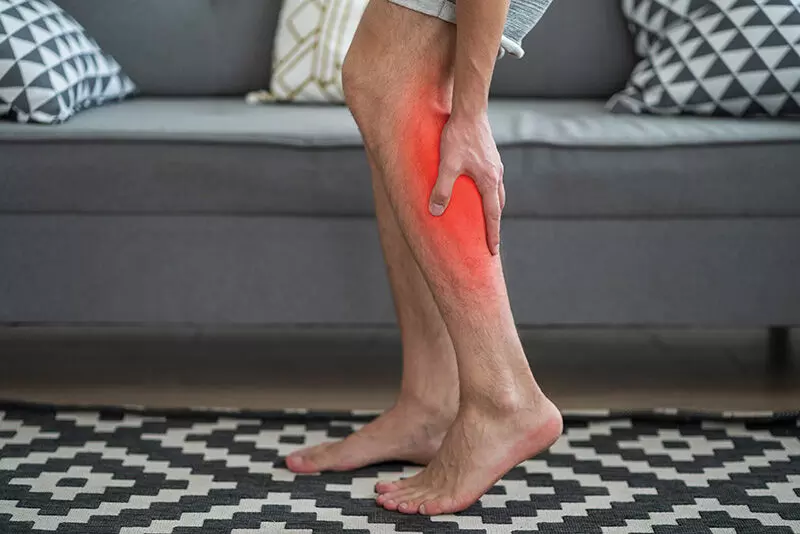
A nomogram is a method of visualizing complex mathematical models that consider multiple risk factors, predict disease prognoses, and displaying them in an intuitive manner for clinical treatment guidance.
Ruting Bo et al conducted a study to establish a nomogram model for predicting the probability of postoperative deep vein thrombosis (DVT) risk in patients with hip fractures. The study has been published in “Indian Journal of Orthopaedics.”
504 patients were randomly assigned to the training set and validation set, and then divided into a DVT group and a non-DVT group. The study analysed the risk factors for DVT using univariate and multivariate analyses. Based on these parameters, a nomogram model was constructed and validated. The predicting performance of nomogram was evaluated by discrimination, calibration, and clinical usefulness.
The key findings of the study were:
• The predictors contained in the nomogram model included age, surgical approach, 1-day postoperative D-dimer value and admission ultrasound diagnosis of the lower limb vein.
• Furthermore, the area under the ROC curve (AUC) for the specific DVT risk-stratification nomogram model (0.815; 95% CI 0.746–0.884) was significantly higher than the current model (Caprini) (0.659; 95% CI 0.572–0.746, P < 0.05).
• According to the calibration plots, the prediction and actual observation were in good agreement. In the range of threshold probabilities of 0.2–0.8, the predictive performance of the model on DVT risk could be maximized.
The authors concluded that – “In our research, we have established a beneficial nomogram model using four risk factors to predict the risk of DVT in patients with hip fractures, validated this model and determined its high performance. Moreover, the discriminatory capacity of the nomogram model was superior to that of each variable independently and the Caprini score. Based on the application of the proposed model, clinicians will have the ability to determine with greater accuracy which patients are likely to develop thrombosis and provide them with appropriate adequate prevention and treatment measures.”
Further reading:
A Nomogram Model to Predict Deep Vein Thrombosis Risk After Surgery in Patients with Hip Fractures
Ruting Bo et al
Indian Journal of Orthopaedics (2024) 58:151–161
https://doi.org/10.1007/s43465-023-01074-3
Powered by WPeMatico

